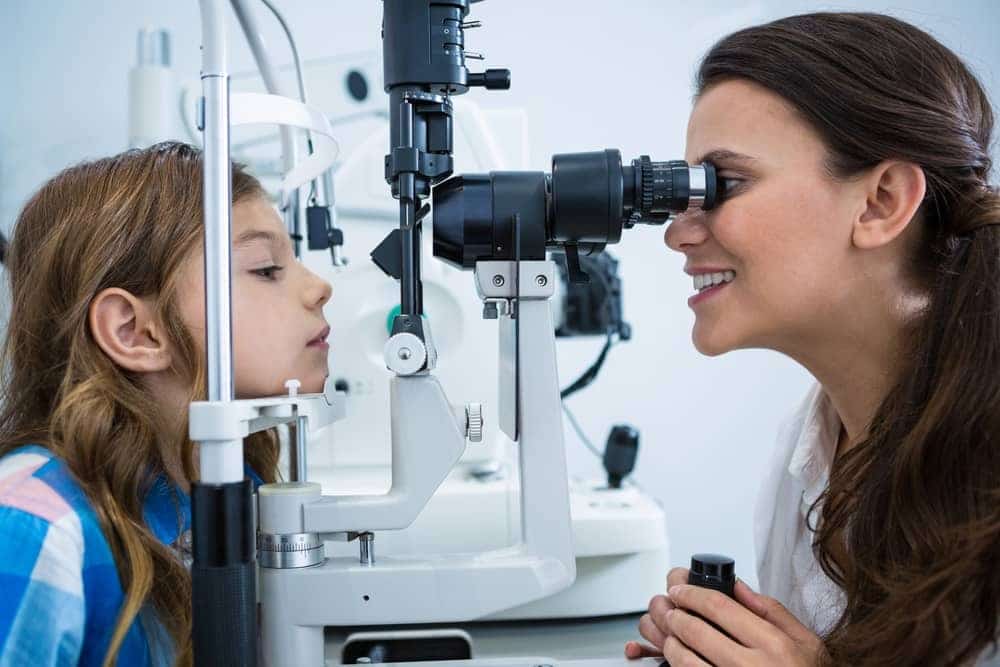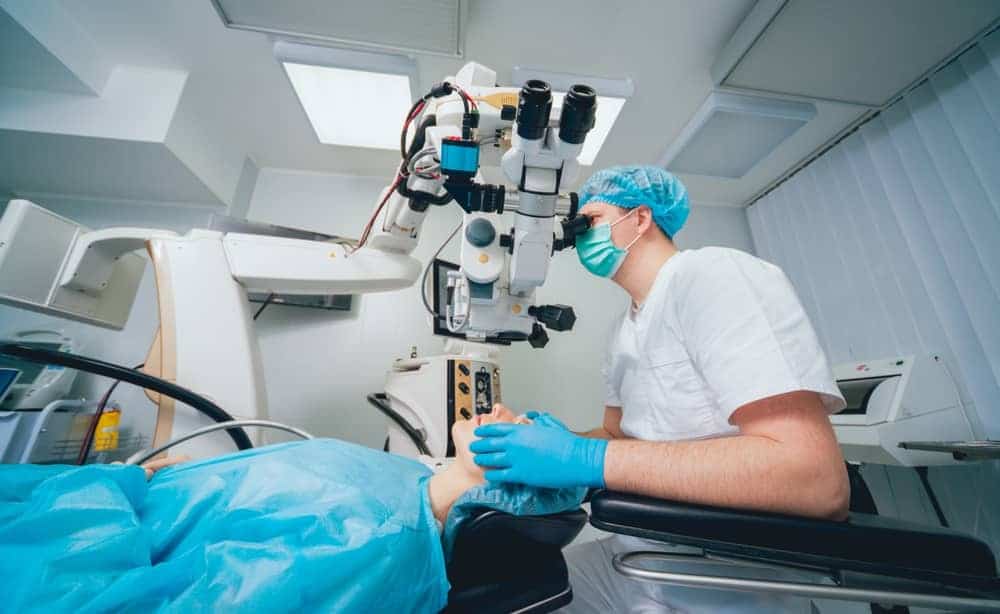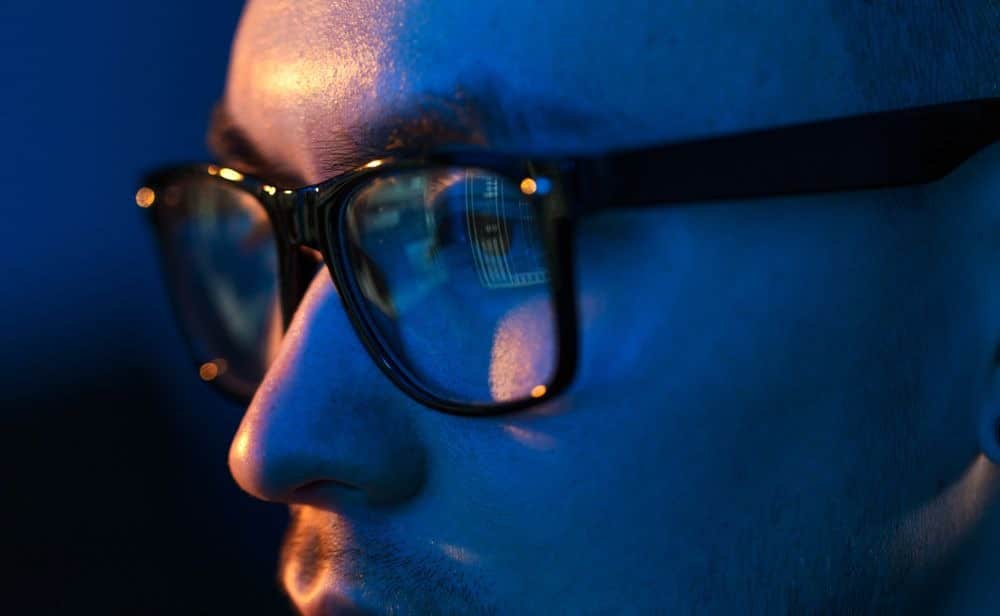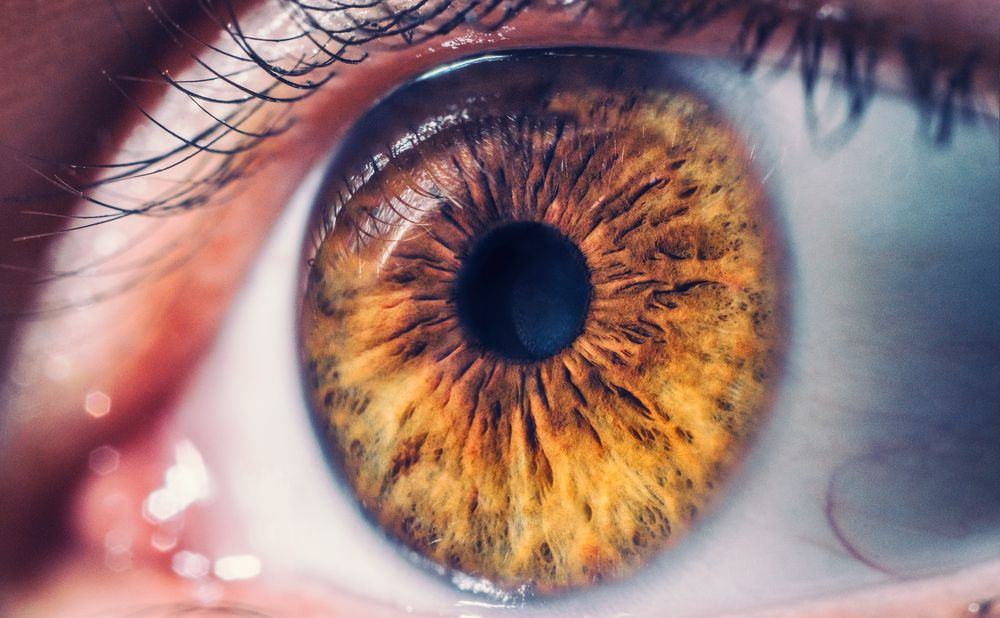How Family History Can Affect Your Child’s Eyes
Eye problems in kids can be linked to family history. Read about pediatric eye conditions & how family history can affect a child’s vision.
How Family History Can Affect Your Child’s Eyes
Like any medical issue that ‘runs in the family,’ problematic eyesight can be a serious issue if left unchecked. From developmental issues to learning difficulties in the classroom, children who experience undiagnosed eyesight problems regularly find themselves dealing with more than cloudy vision.

In fact, according to the 2019 American Community Survey, there were approximately 547,083 children with vision difficulties in the U.S. – which regularly translates to struggles in school that can impact your child’s self-confidence and ability to progress in classes simply because they cannot see what they’re being taught.1
How Family History Can Affect Your Child’s Vision
Did you know? Nearsightedness and farsightedness have a strong genetic component. If one parent is extremely nearsighted or farsighted, or, if both parents are mildly nearsighted or farsighted, there’s a good chance the child will deal with the same vision conditions. Taking knowledge like this and applying it to your own family scenario can prove indispensable when working to identify potential vision problems that your child may contend with or already experiencing.
Eye Problems in Kids Associated with Family History
Retinoblastoma
In cases where a family history of retinoblastoma has been identified, a child is most likely to develop the disease within the first two years. It is common for newborn babies to have a dilated eye exam by a pediatric ophthalmologist in the nursery, which typically identifies any underlying issues.
In relation to inherited retinoblastoma, about 40% of kids who develop the condition have a hereditary form of the disorder. However, more often than not, children with genetic retinoblastoma don’t have other family members with the disease. Instead, their condition is caused by a random mutation that occurred around the time of conception. In fact, while it is hard to explain, about 90% of all kids who develop retinoblastoma are the first person in their family to have eye cancer.
Infantile Cataracts
A lot of people are under the impression that cataracts only impact older people, but the fact of the matter is that children, and even infants, can develop cataracts as well. The name for cataracts in children is infantile – or pediatric cataracts – and can show up in children’s eyes due to genetics, metabolic disorders (such as diabetes), and eye injuries.
Like adult cataracts, if left undiagnosed, infantile can have a significant impact on a child’s development and long-term eyesight. In order to understand this issue in kids, it is important to differentiate between the two primary types of cataracts they experience: congenital (present at birth) or acquired (develop after birth).
Unfortunately, there are times when the cause of cataracts in a child is not known, but experiencing a genetic fault inherited from their parents that caused the lens to develop abnormally is a common cause of the disorder.3
Congenital Glaucoma
Some forms of glaucoma, such as congenital glaucoma, only occur in children.
This is an extremely rare condition, affecting 1 out of every 30,000 live births, but it can cause severe and irreversible loss of vision in kids who are impacted by the disorder. In congenital glaucoma, the intraocular pressure increases because there is a birth defect in the development of the angle of the eye as a result of poor development of the eye. This means that the aqueous humor cannot flow out normally, so the intraocular pressure increases and leads to optic nerve damage. A family history of the disease has long been identified as a significant risk factor for congenital glaucoma, suggesting that specific gene defects contribute to the development of the disorder.4
Metabolic Disorders
Significant eye problems are commonly correlated with metabolic disorders and may result in significant visual impairment among children. Some of the major lens manifestations that have been identified include corneal opacification, lens opacification, optic nerve swelling/atrophy, and retinopathy.
Metabolism is commonly known as the process your body uses to make energy from the food you consume. Chemicals in your digestive system break the food parts down into sugars and acids that fuel your body; but a metabolic disorder typically occurs when abnormal chemical reactions in the body disrupts this process. When this happens, you might have too much or too little of some substances that are needed to stay healthy. Typically, a metabolic disorder is inherited and parents may not be aware that they carry dangerous genes until their children are born.5
Infantile Esotropia
Studies have shown a four-fold increased risk of strabismus if there is a family history of the disorder.
This condition is marked by a large amount of inward turning of both eyes in infants that typically starts before six months of age. There is usually no significant amount of farsightedness present and glasses do not correct the crossing. Inward turning may start on an irregular basis, but soon becomes constant in nature and is present when the child is looking far away and up close.
The treatment for this type of strabismus is surgery on the muscles of one or both eyes to correct the alignment.
Studies into the disorder found that nearly 20% of babies born into families with a first degree relative affected by strabismus developed constant or intermittent esotropia by the age of six, while others have reported the familial incidence of strabismus to be as high as 65%.6
Want to Learn More About Pediatric Eye Conditions?
While, yes, these conditions are unnerving to learn about, and there is a potential for issues to develop related to inherited vision problems, but – more than anything – we stress to all our parents and families that worrying about these conditions developing won’t do anything to help your child’s eyesight perform to the best of its ability.
Instead, know that an annual pediatric eye exam can go a long way and proactively identify any existing vision problems your child may be experiencing and help correct vision conditions before they become significant issues. Understanding pediatric eye problems and the best way to manage these medical issues can best be explained by a certified pediatric eye doctor who will thoroughly assess your child’s vision and accurately diagnose and treat, monitor, or manage any issue.
We’re a Team of Experienced Pediatric Eye Doctors: Let Us Help You Take the Best Care of Your Child’s Vision
If you notice any issues regarding your child’s vision or the natural functionality of their eyes, make sure to contact an eye care professional immediately. The sooner you address the issue, the sooner you will know the best course of action to take to help you child achieve proper vision.
In all cases, early diagnosis and treatment can help correct an issue and provide your child with improved eyesight. Consulting with a qualified eye care specialist – like the experts at iCare Vision – is essential to addressing the issue early on and avoiding negative vision issues.
Schedule an appointment for your baby or child to come in and see us soon:
Resources:
1 United States Census Bureau. American Community Survey (ACS). Accessed December 5, 2020. https://www.census.gov/programs-surveys/acs/.
2 VSP. All in the Family? A Primer on Genes and Vision Problems. Accessed December 5, 2020. https://www.vsp.com/eyewear-wellness/eye-health/eye-problems.
3 American Academy of Ophthalmology. Pediatric Cataracts. Accessed December 5, 2020. https://www.aao.org/eye-health/diseases/what-are-pediatric-cataracts.
4 JAMA Network. Genetic Etiologies of Glaucoma. Accessed December 5, 2020. https://jamanetwork.com/journals/jamaophthalmology/fullarticle/418994.
6 Nature.com. Inherited metabolic disorders involving the eye: a clinico-biochemical perspective. Accessed December 5, 2020. https://www.nature.com/articles/eye2009229#:~:text=Ocular%20manifestations%20are%20common%20in,major%20lens%20manifestations%20of%20MPSs.
7 Nature.com. A study of heredity as a risk factor in strabismus. Accessed December 5, 2020. https://www.nature.com/articles/6700138.pdf?origin=ppub#:~:text=Aurell3%20found%20that%2017.6%25%20of,be%20as%20high%20as%2065%25.














